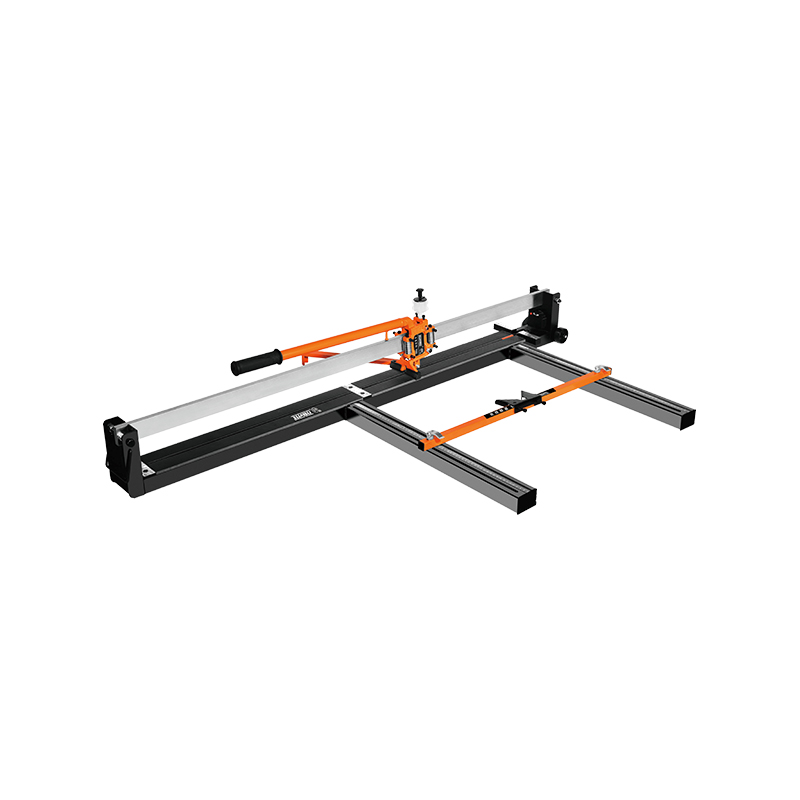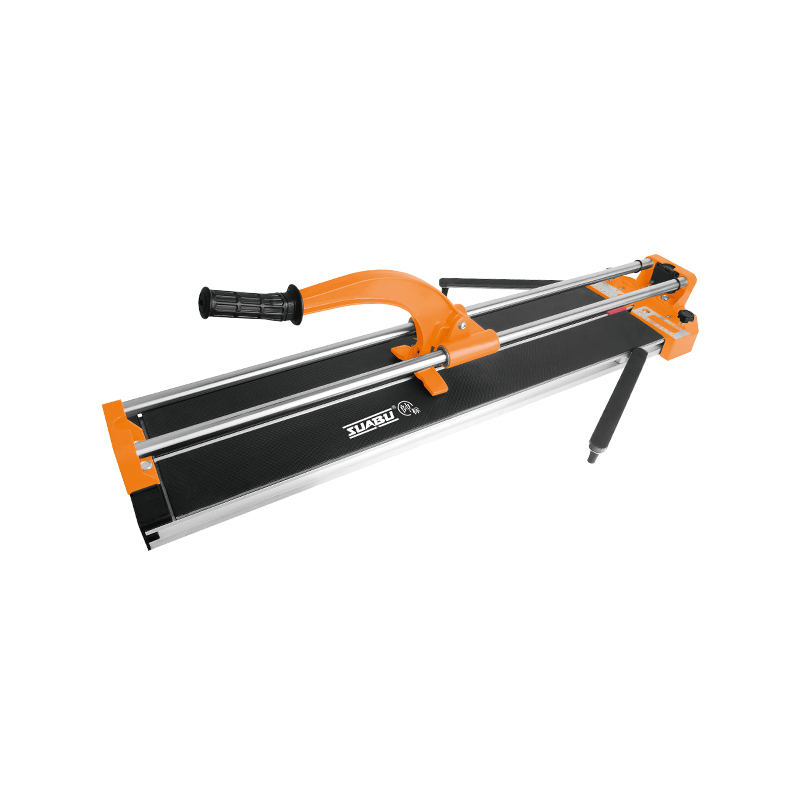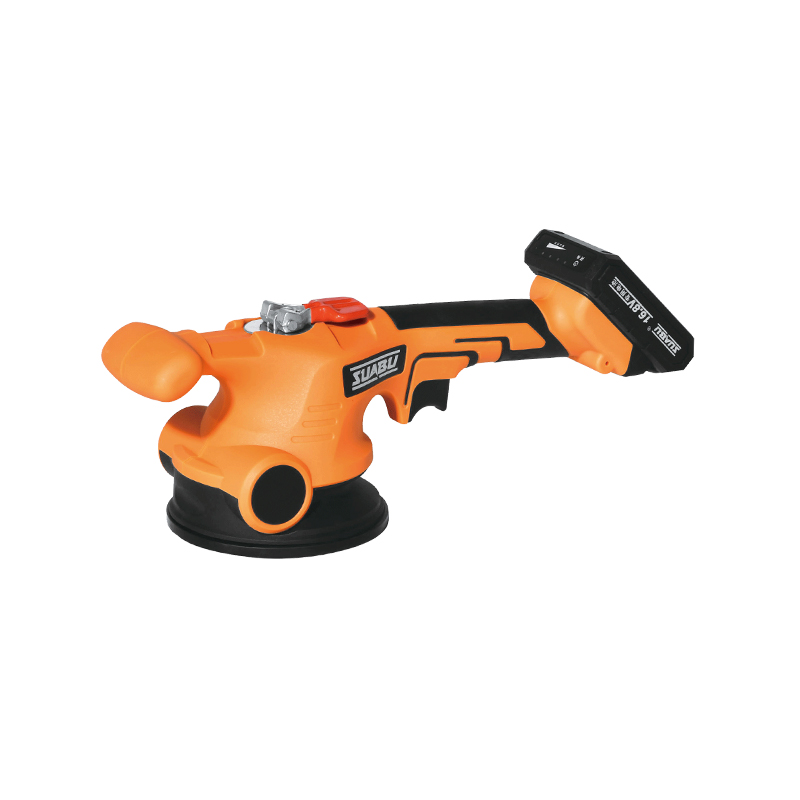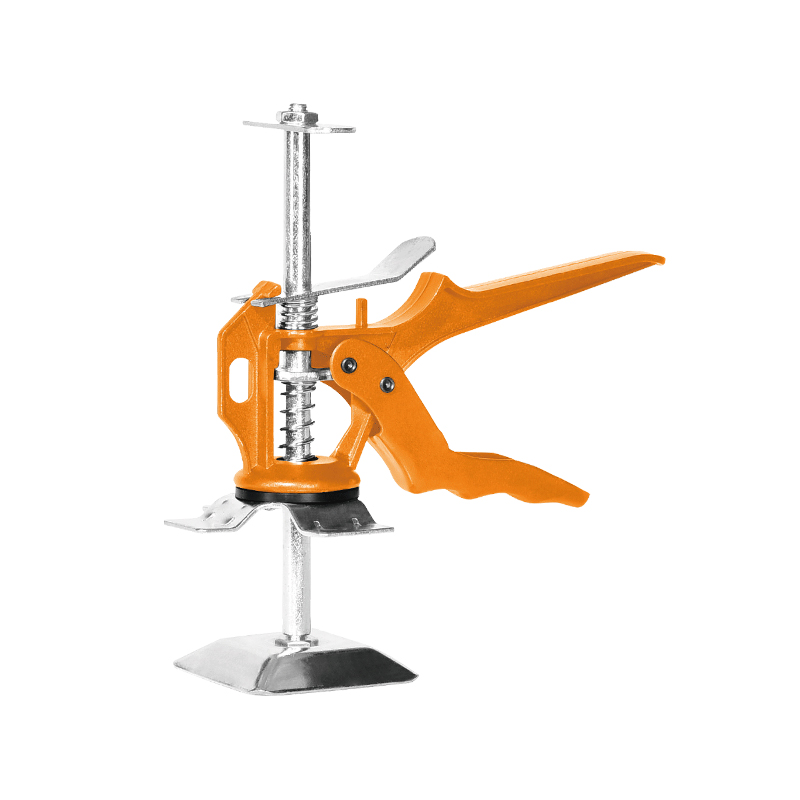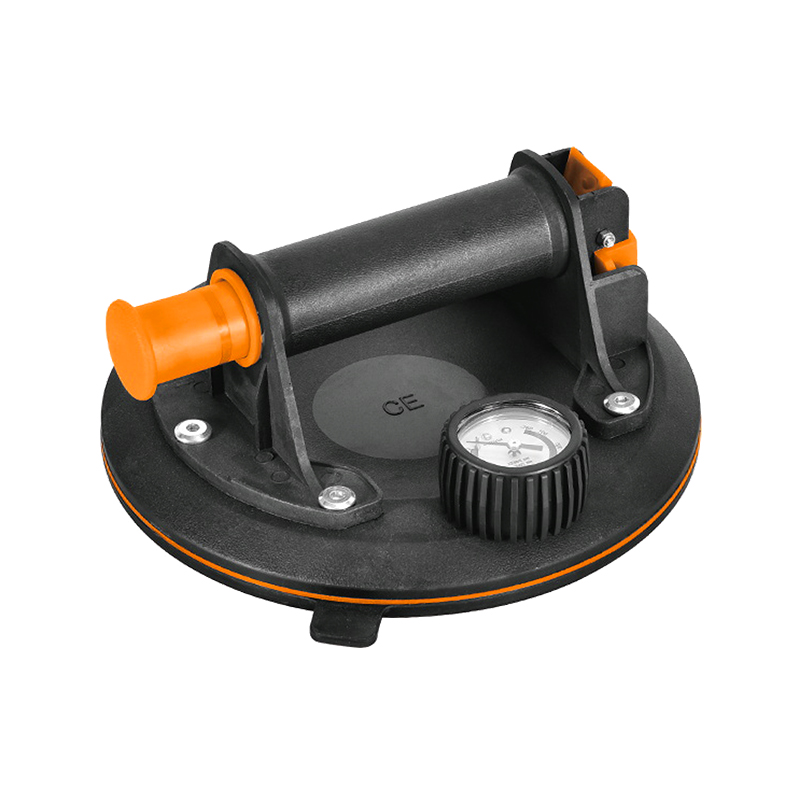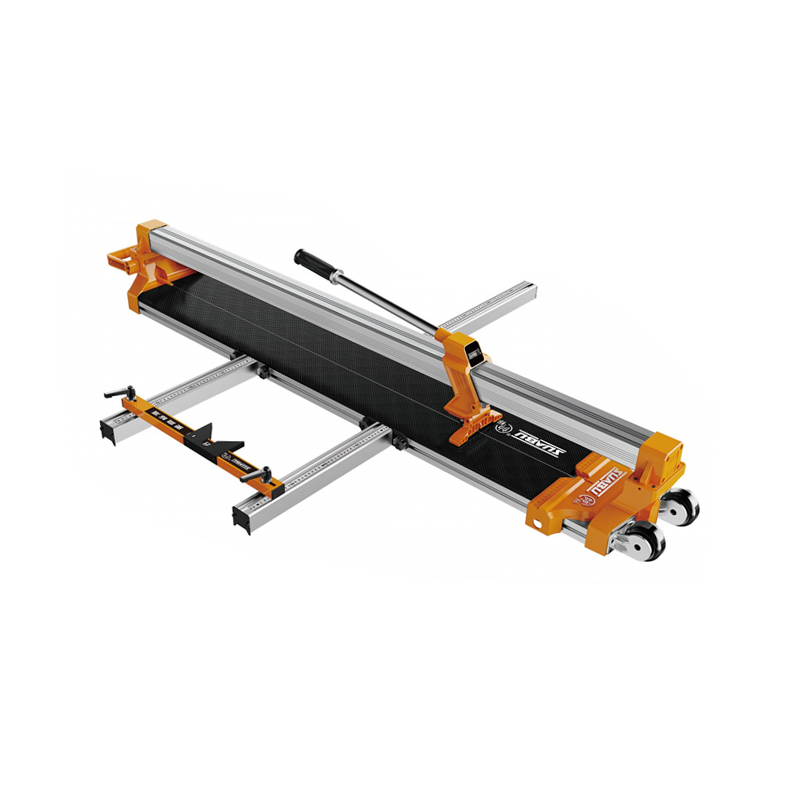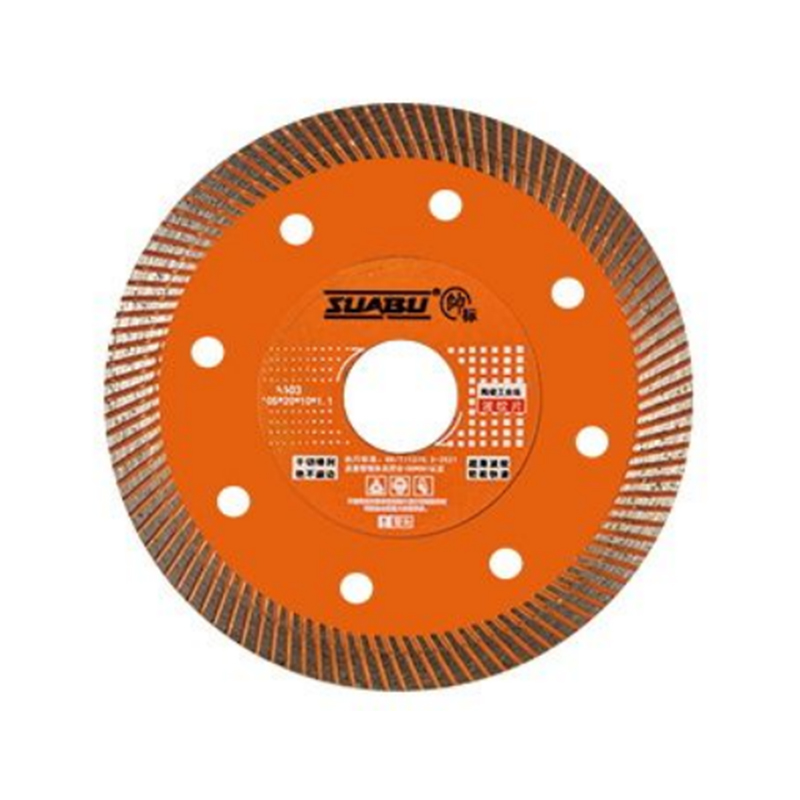From Manual to Electric: How Tile Cutting Technology Has Evolved
2024-09-06
Manual tile cutting machines continue to be a vital tool in the tile installation industry, even as electric tile cutters have introduced significant technological advancements. The enduring relevance of manual cutters lies in their unique advantages, particularly in specific applications where their simplicity, cost-effectiveness, and portability offer distinct benefits. Unlike electric tile cutters, which require power and are often heavier and more complex to operate, manual cutters are accessible, easy to maintain, and highly versatile, making them indispensable in a wide range of scenarios.
One of the primary advantages of manual tile cutters is their exceptional portability. These tools are typically compact, lightweight, and easy to transport, making them ideal for use in environments where space is limited or where access to electricity is not guaranteed. Their portability also allows for greater flexibility on the job site, enabling craftsmen to work in tight spaces or move the equipment easily from one location to another. This is particularly useful in residential renovations or remote construction sites where mobility and ease of use are crucial.
In addition to their portability, manual tile cutters offer a high level of control over the cutting process. The manual operation allows artisans to precisely adjust the cutting force and angle according to the material and specific requirements of each tile. This hands-on approach can result in more accurate and customized cuts, which is especially important when dealing with intricate patterns, small or irregularly shaped tiles, or materials that require a delicate touch. The ability to feel the resistance of the tile as it is scored and snapped provides a tactile feedback loop that can enhance precision, making manual cutters a preferred choice for detail-oriented projects.
Moreover, the simplicity and reliability of manual tile cutters contribute to their low maintenance costs. Without the need for electric motors or complex mechanical components, manual cutters are less prone to mechanical failures and require fewer repairs. This reduces downtime on the job and lowers the overall cost of ownership. The initial investment in a manual tile cutter is also significantly lower than that of an electric cutter, making it an attractive option for small businesses, independent contractors, or DIY enthusiasts who may not require the advanced features of electric models. For those who are new to tile installation or only need to perform occasional cutting tasks, manual cutters provide an affordable and effective solution.
Another key benefit of manual tile cutters is their ability to operate quietly and cleanly. Unlike electric cutters, which can generate significant noise and dust, manual cutters produce minimal disruption, making them ideal for indoor use, especially in occupied spaces where noise and cleanliness are concerns. This feature is particularly advantageous in residential settings, where maintaining a peaceful environment is often a priority. The lack of dust also contributes to a safer working environment, reducing the risk of respiratory issues and keeping the job site cleaner and more organized.
Despite the many advantages of electric tile cutters, which offer speed, power, and automation, manual tile cutters continue to play a crucial role in the tile installation process. They are particularly well-suited for tasks that require precision, flexibility, and cost-efficiency. As manual cutting technology evolves, these tools are becoming even more refined, with improvements in design and materials that enhance their performance and durability. Innovations such as ergonomic handles, more durable scoring wheels, and adjustable guides are helping to extend the utility of manual cutters, ensuring they remain relevant in an increasingly automated industry.
In conclusion, the evolution of tile cutting technology has not rendered manual cutters obsolete. Instead, these tools have maintained their importance by offering unique benefits that complement the capabilities of electric cutters. Their portability, control, cost-effectiveness, and ability to operate quietly and cleanly make them an essential part of any tile installer’s toolkit. As the industry continues to develop, manual tile cutters will remain a valuable resource for professionals and hobbyists alike, providing a reliable and versatile solution for a wide range of tile cutting challenges.

